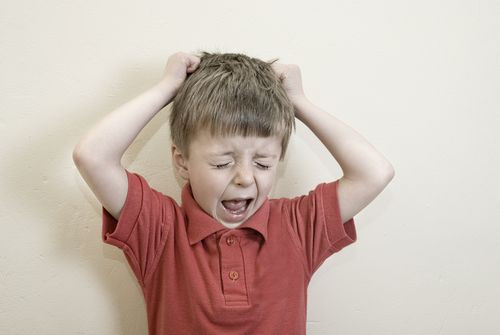Autism Awareness: 8 Myths (And Realities) About The Spectrum Disorder

Myth #1: Autism is a form of mental illness.
Reality: Autism Spectrum Disorders (ASD) are considered a group of developmental and neurological disorders, as brain scans and studies show that people with an ASD have abnormalities in both brain structure and neurotransmitter levels.
Myth #2: Autism is only a brain disorder.
Reality: Many people diagnosed with an ASD also have gastrointestinal problems, food sensitivities, and many allergies.
Myth #3: Only boys have autism.
Reality: Girls have autism, too. In fact, autism spectrum disorders occur across all ethnic groups, all economic backgrounds, and all age groups. That said, there are marked differences among each group. The Centers for Disease Control and Prevention (CDC), which monitors the prevalence of ASD in select communities and then makes general estimates from there, found that one in 68 children has an ASD at the age of 8 (one in 42 boys and one in 189 girls). White children were almost 30 percent more likely to be diagnosed than black children, and almost 50 percent more likely than Hispanic children.
Myth #4: Autism is diagnosed with a medical test.
Reality: There are no medical tests for autism; instead, physicians and other specialists simply evaluate behavior. Generally, though, medical tests are performed in order to identify or rule out possible physical causes of the symptoms. Behavioral symptoms include failing to make eye contact, not responding to his or her name, rocking motion, and playing with toys in unusual, repetitive ways.
Myth #5: Children with an ASD are intellectually disabled.
Reality: Among children with ASD, CDC found 31 percent classified as having IQ scores in the range of intellectual disability; 23 percent in the borderline range; and 46 percent in the average or above average range. Proportions differed by race/ethnicity: about 48 percent of black children classified in the range of intellectual disability compared with 38 percent of Hispanic children and 25 percent of white children.
Myth #6: Autism is caused by vaccines.
Reality: No one really knows what causes it. For most individuals with an ASD, no one cause can be identified and genetics alone cannot distinguish a person with autism from someone without the disorder. The National Institutes of Health suggests that a genetic predisposition most likely exists, while an environmental component is also in play.
Myth #7: Autism can be cured.
Reality: Currently no cure exists for autism spectrum disorders. This does not mean that early intervention therapies may help a child improve, in some cases considerably, over time. In fact, recent research has shown some children make enough improvement after intensive and early interventions, including behavior modification techniques, to "test out" of the diagnosis. Case in point: ashlieelizabeth who recently commented, “Being slightly smarter than kids my age is not going to ruin my life, being unable to make eye contact isn't either, actually come to think of it, I have never found my autism to be any kind of bad thing... I managed to be mainstream educated with no major difficulties... I am not suffering, and neither are many other high-functioning autistics I know.”
Myth #8: People with Autism will never change and never become independent.
Reality: Autism is not a static condition and may produce positive or negative change over time. For many children, symptoms improve with treatment and with age. Yet, other children develop epilepsy or seizure-like brain activity. Once they hit the teen years, people with autism may become depressed or experience behavioral problems; often, physicians suggest a change in treatment and approach at this time. Throughout their lives, people with an ASD will require support (and in some cases a supportive environment), yet eventually many are able to work and even live independently.
Published by Medicaldaily.com



























